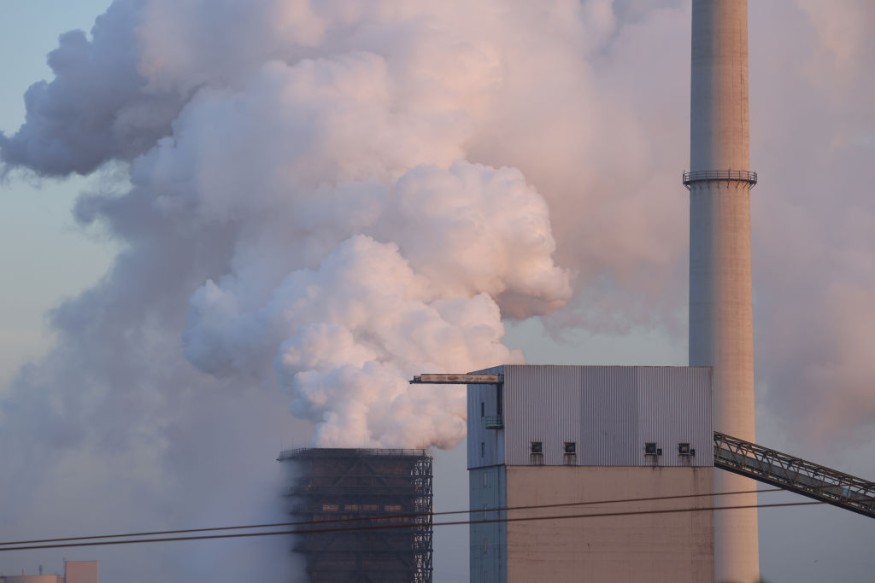Carbon emissions have been perceived as both beneficial to modern society and detrimental to the environment at the same time, as climate scientists have warned. For decades, the accumulation of excessive carbon dioxide and other greenhouse gases into the atmosphere has trapped heat and accelerated the greenhouse effect. This process has contributed to global warming and climate change.
Along with methane and nitrous oxide, carbon has been subjected to scrutiny and climate change-mitigation efforts for causing the current climate crisis. These initiatives can be seen under the 2015 Paris Climate Agreement led by the United Nations and from other international gatherings involving different countries. Recently, the Group of Seven (G7) countries tackled about fossil fuel burning.
While different summits have been conducted in recent years, the UN and other organizations reported in the past that not all member countries of the Paris Agreement are achieving their goals when it comes to curbing carbon or methane emissions. Pressure to address these emissions is increasing as the Paris Treaty is nearing its deadline of to decrease global average temperatures to at least 1.5 degrees Celsius.
Now, a new study by researchers in the United States has determined that the Pennsylvania steel industry has the potential to lead the fight against carbon emissions. The research group involved in the paper asserted this is possible as Southwest Pennsylvania is in a good position to lead the industry away from coal-based production, especially if it chooses to switch to using 'green steel.'
What is Green Steel?

Green steel pertains to the manufacturing of steel without the use of burning fossil fuels. Instead of burning coal that released large amount of carbon dioxide into the atmosphere, the so-called "green hydrogen" is an alternative solution that could help the steel industry in recuring its carbon footprint, according to the World Economic Forum.
Unlike the carbon-emitting coal, hydrogen emits only water when burned, making the hydrogen-based green steel to be considered as green or environment friendly. In June 2022, Sky News reported that Sweden pioneered green steel production by using hydrogen rather than coal as a means to still produce durable and efficient steel.
Regardless, green steel manufacturing or the green steel industry in general is still at its infancy but serves as a promising initiative to curb carbon emissions.
Pennsylvania Steel Industry
In the U.S., the new study said that green steel would not only curb carbon emissions but could also spark an economic revival in Southwest Pennsylvania. It says the state has the perceived capability to lead a national transition from carbon-based emissions to green steel production, according to a report released by the Ohio River Valley Institute on Monday, April 17, as cited by Inside Climate News.
The non-profit research group said Southwest Pennsylvania has sufficient water and wind resources to move away from emissions based on heavy coal to hydrogen, which can be used to convert iron to crude steel inside an electric arc furnace. The report emphasized if the electricity that powers the furnace originates from a renewable source, the manufactured steel would almost be free of carbon emissions.
© 2025 NatureWorldNews.com All rights reserved. Do not reproduce without permission.





